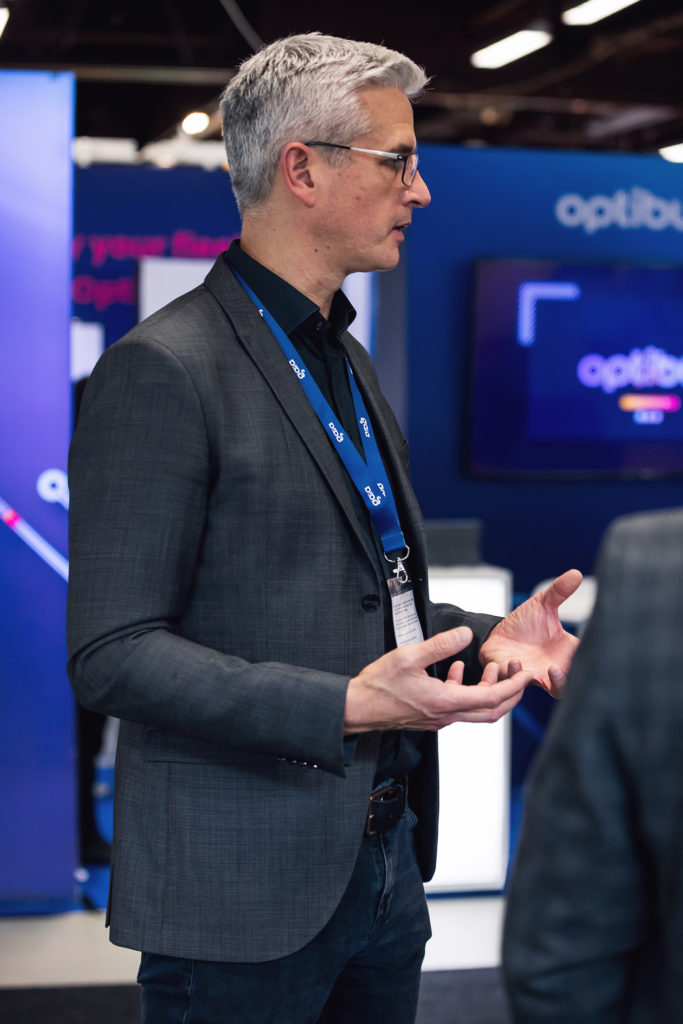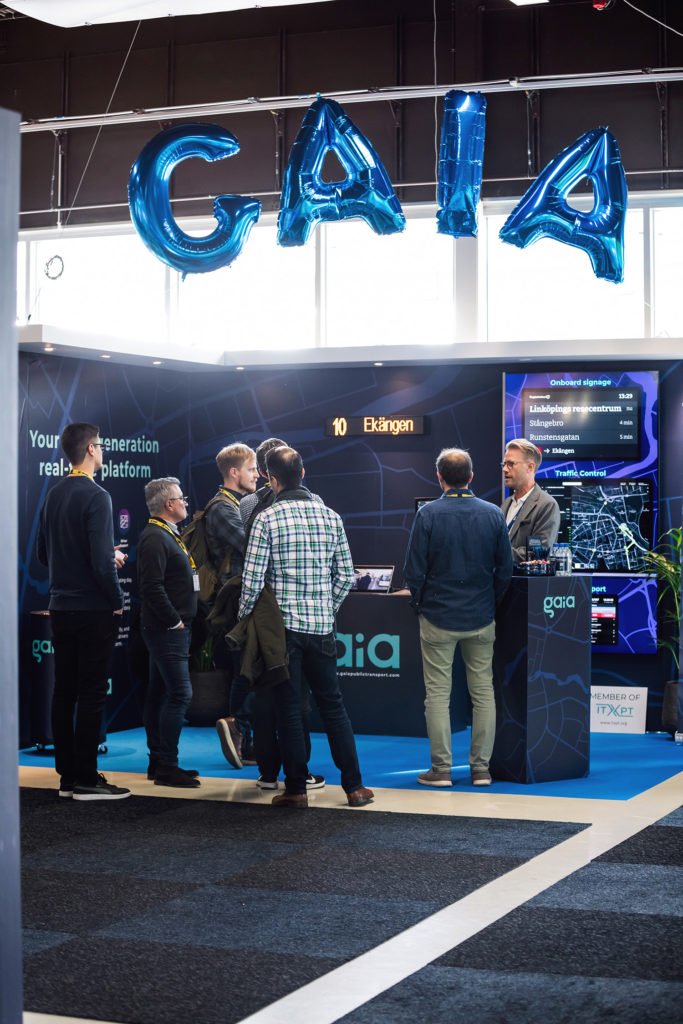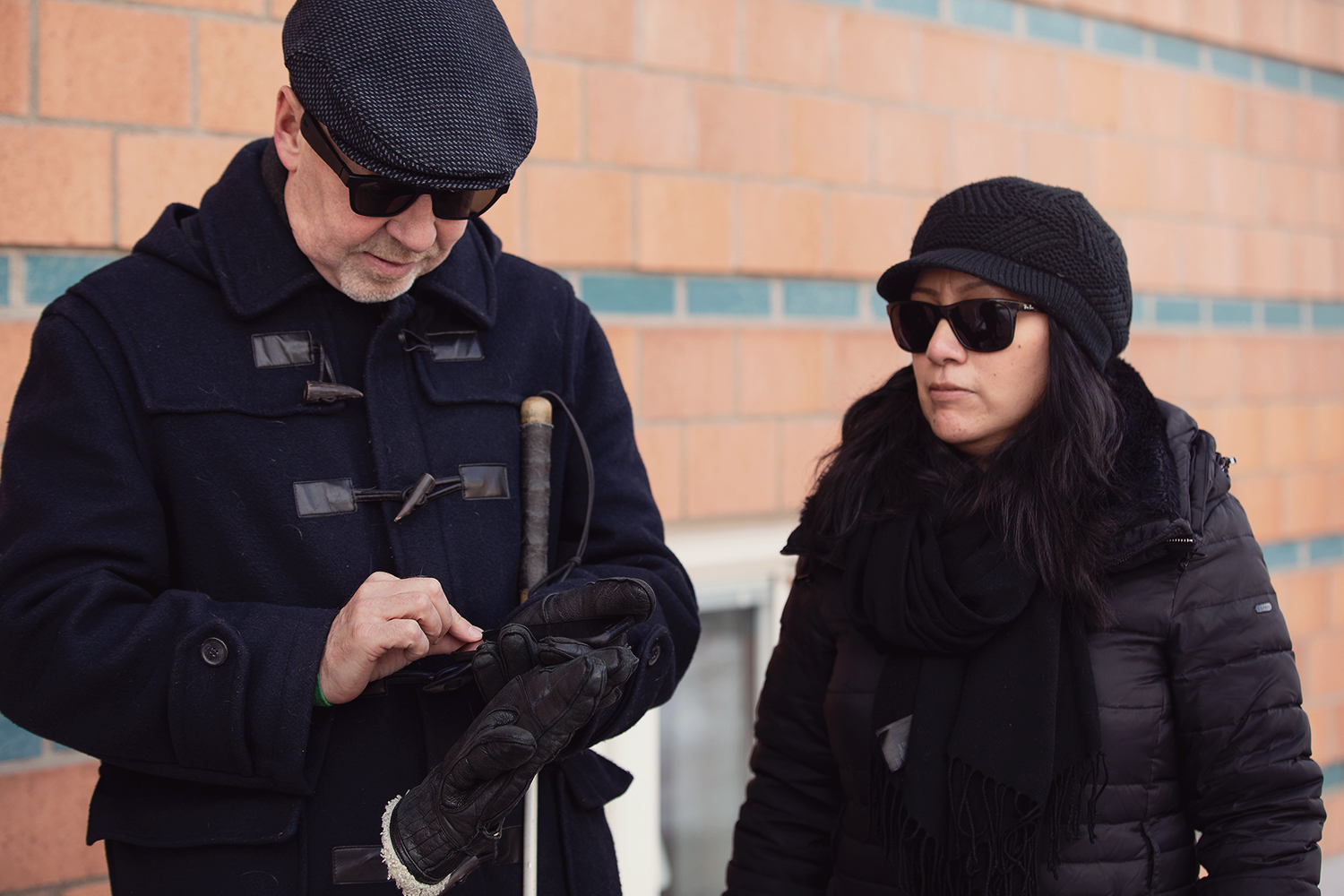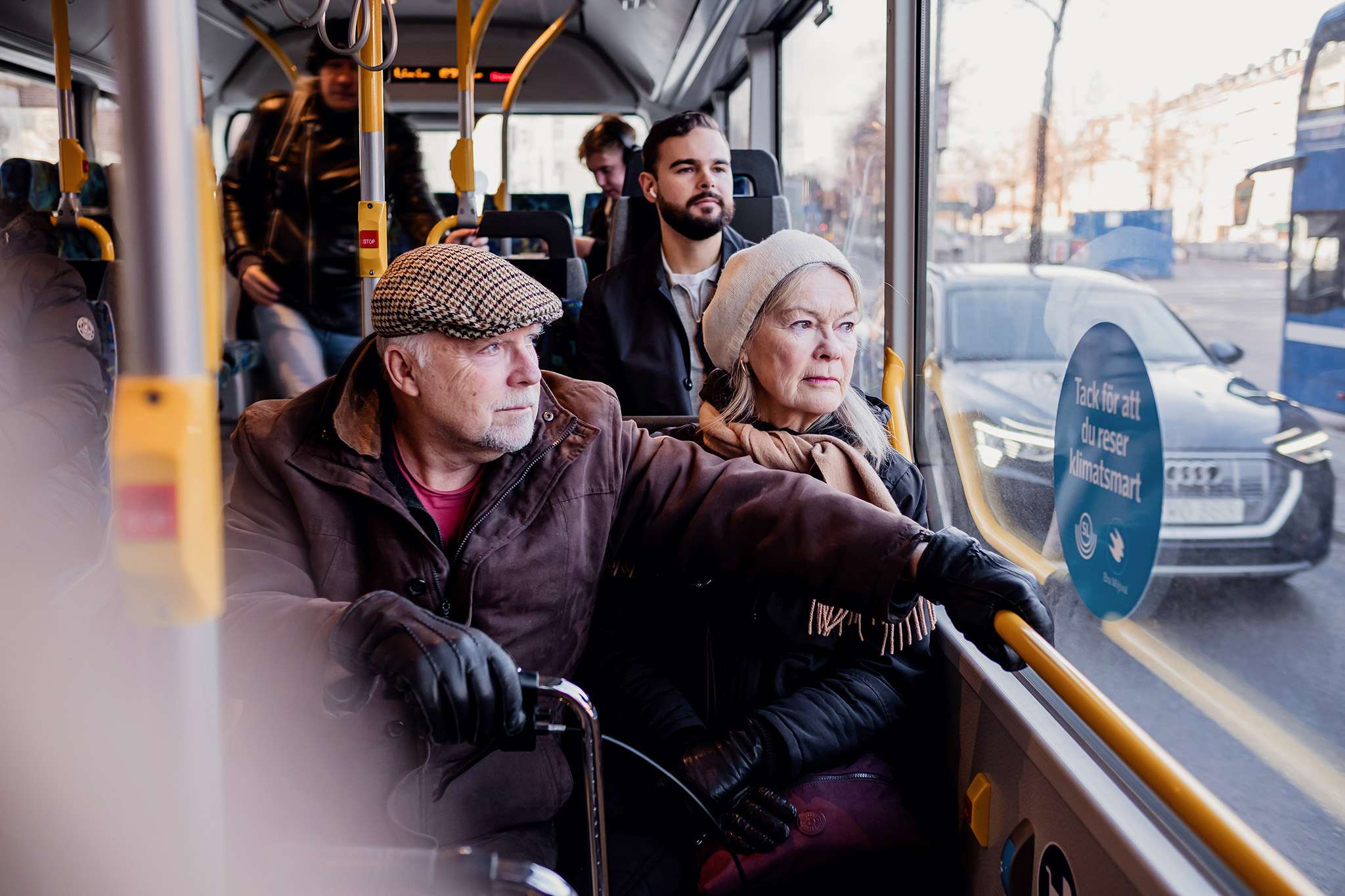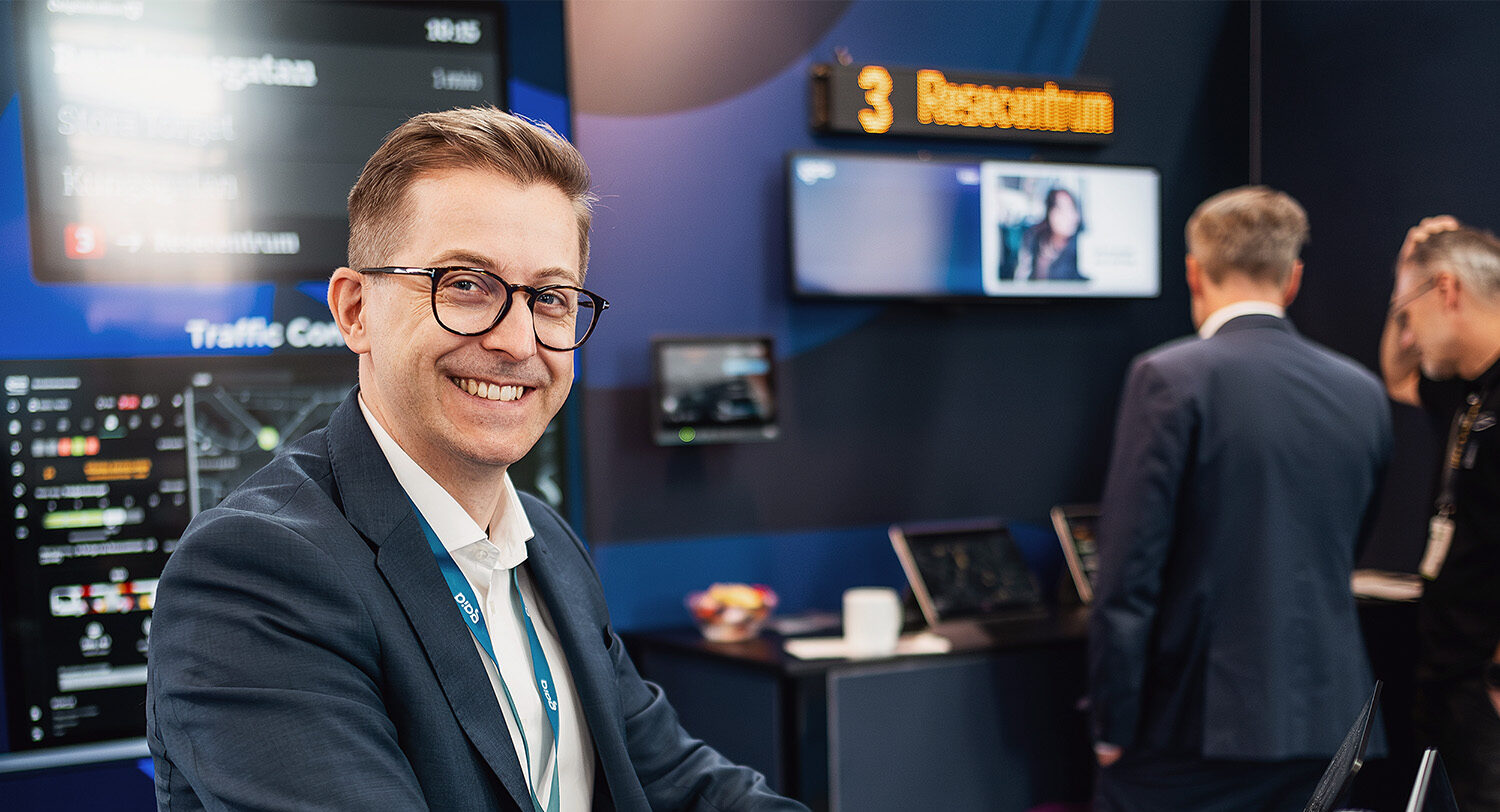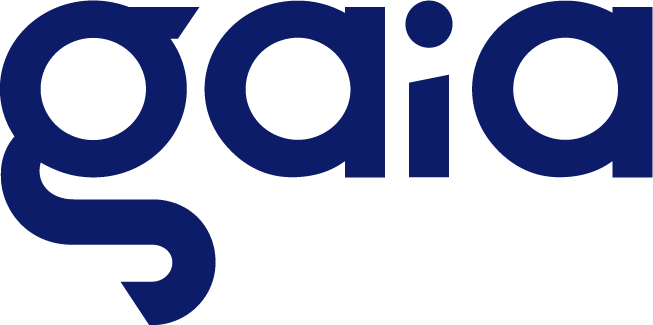Article
Our 4 biggest trend and future predictions from Persontrafik
Published 2022-11-10
During three full days at Persontrafik, we met people from the entire public transport industry – exhibitors covering everything from buses and taxis to security solutions and traffic information systems. There were many interesting conversations and thoughts about how public transport is headed. We have compiled our main trend and future predictions from the exhibition here.
After a four-year break, it was time again for Persontrafik – an exhibition and conference for everyone working in the public transport industry, regardless of the type of transport. There were many different activities, interesting seminars, and many discussions about the future of public transportation. We at Gaia were there as exhibitors and held some seminars on stage. It was exciting to meet so many of you in person, and after the days at the exhibition, we can conclude that the trends we saw last spring at IT-Trans in Germany match well with what we could see at Persontrafik.
- Johan Lindén is speaking to visitors at the exhibition.
- Our stand at Persontrafik.
1. Sustainability & Focus on the Passenger
Public transportation plays a vital role in creating a more sustainable society. At the fair, the emphasis was on electrification and solutions that make public transit more efficient and make sustainable mobility available to more people. After all, it is the passengers who are the customers, whose needs we want to meet, and at the fair, it became clear that more and more solutions are focusing on the passenger. As the needs and expectations of the passengers change and their demands for accessibility and up-to-date information increase, we need to ensure that the development goes in the same direction. Trips should be smooth, and providing updated and accurate information in real-time becomes increasingly important to the passenger.
2. Cooperation & Standardization
Cooperation was a recurring theme at Persontrafik, clearly shown in the wide range of exhibitors from all different parts of the public transportation industry. To offer passengers attractive, efficient and sustainable mobility solutions, we need to cooperate in the industry. It applies both between actors and between different types of travel modes. Alone is not strong – public transport becomes better by working together.
One area that enables collaboration in the digital infrastructure is technical standards. We are seeing the beginning of a shift towards standardized protocols, which are crucial for a harmonizing operation where products from different suppliers can cooperate. It gives transit authorities and operators greater freedom of choice, as they can choose functionality from more diverse sources and use the strengths of each system for better public transport.
“By being more open and transparent with their traffic data, and by using standardized protocols, an industry is formed where several actors can cooperate and develop modern solutions that benefit public transport.” – Fredrik Knutson, CTO at Gaia.
3. A Future-proof & Data-driven Public Transport
To create sustainable public transport, both transport authorities, operators and software providers have to take responsibility for enabling data to travel through different systems seamlessly. Through openness between all parties involved, we can enable a more data-driven public transport with everything from planning, scheduling, and operation. These areas are growing, and during Persontrafik, we saw several examples of how data-driven solutions can contribute to more efficient and reliable public transport. Getting there requires a future vision where old truths and working methods change. The journey there has already begun, where more actors understand the value of collaboration and participation, but we still have much to do.
5. MaaS & Micro Mobility
The transportation landscape has changed since the last edition of Persontrafik four years ago. There are new actors and services that need to be adapted into the ecosystem. We see a future pointing towards MaaS (Mobility-as-a-Service) and DRT (Demand Responsive Transport). Just as we concluded after IT-Trans, we see more and more detailed solutions emerging in these areas, but real integrations of MaaS are still rare. In this case, it becomes even clearer that we need to utilize the strengths of different systems to achieve a future where it can become a reality.
Micro-mobility is on the verge of becoming an obvious part of future travel. During the pandemic, the last mile, with deliveries from the web, has become a part of everyday life with new actors who are essential to the delivery chain. We are now surprised when a webshop cannot offer home delivery on the desired day and time. In the same way, we see how micro-mobility is steadily growing for the last mile in public transport. How these actors will be included in the future ecosystem for public transport remains to be seen, but we know that the trend and actors are here to stay.
Read more about Gaia Public Transport here.
